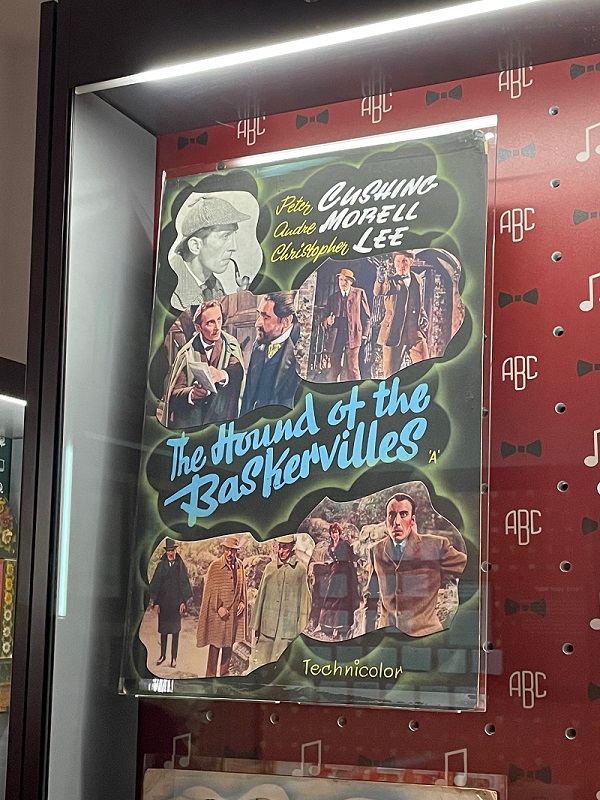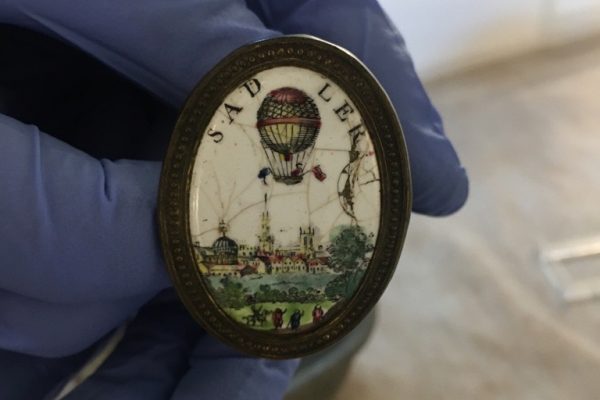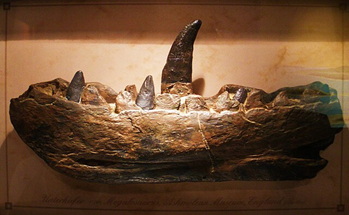MOX intern Lauren tells us her top 5 fun facts about object installation
As an intern, I’ve learned a lot about what goes into installing a new museum in the last couple of weeks. Here are some fun facts you might not know about the space and the process.
1) You know the packets that come in parcels that say ‘silica gel – do not eat’? Display cases in museums usually have special compartments built under them full of the same gel! This actually stabilizes the humidity inside the cases. As all our collections are old and fragile, it’s important that humidity stays at the correct level – if it doesn’t, objects can be irreparably damaged. Essentially, museums have forbidden snacks hidden all around them. Also, some of the gel beads used in museums change color when they need to be replaced, and mixing the plain beads with the colorful ones in a big plastic tub was one of my most fun intern tasks to date.

2) While most of the angled and mounted objects are resting on specially made Perspex blocks, no case plan is perfect. Sometimes, when we decide an object would look better raised up than flat in a case, its ‘mount’ is absolutely made out of tissue paper and foam. As meticulous as the design process was for the museum, sometimes, improv is necessary.
3) So much co-ordination and patience go into creating a brand-new space like this. There is so much work that goes into installing a new exhibition. Any display item you’ve ever seen that looks vaguely heavy or vaguely high up, it took an entire team of people to get it there. Even for the small objects lying flat, an intern had to find it, carry it, gently unwrap it, (some
times break it but that’s only happened twice and they were very easy to fix), be confused by case plans and object lists, and set down in the right place. After that, all the numbers are stuck on separately, and the labels (which are magnetic) are stuck to their stands, often also by an intern. For example, the Alice case in Gallery 2 probably took me and another intern a total of 3 hours to install.
4) Vertically displayed objects like letters, notecards or posters are often held up with Velcro dots, or sometimes a special clear plastic tape. The posters in the entertainment section were especially difficult as they did not sit easily on the mounts, and special clips had to be made to support them. While we were trying to install the Sherlock Holmes poster, the ceiling suddenly started dripping water, which would be worrying even if we weren’t working with fragile and irreplaceable objects! Luckily, it was a one-off and nothing was wrong, but that brings me to my final fact…
5) That Sherlock Holmes poster is for sure haunted…



